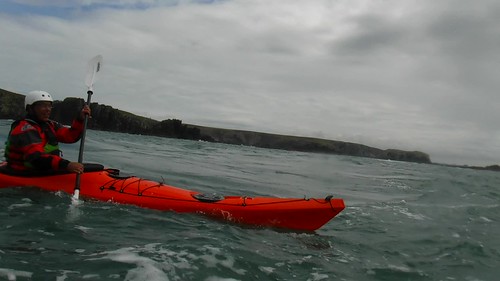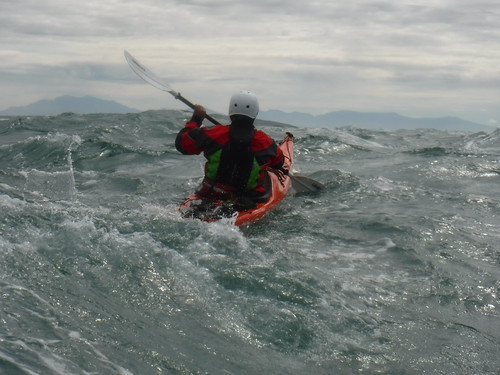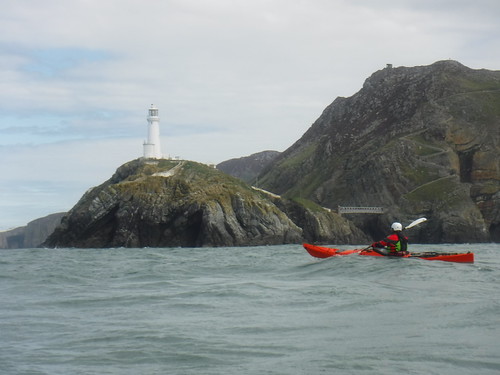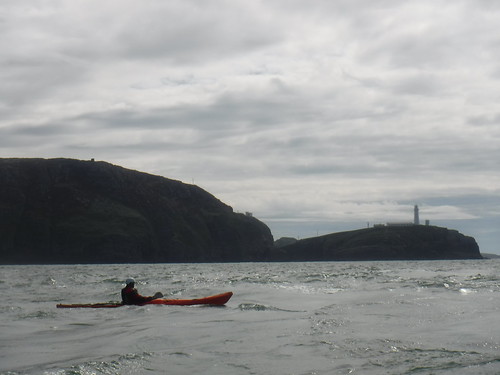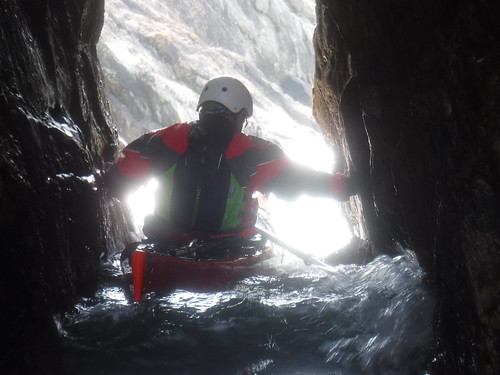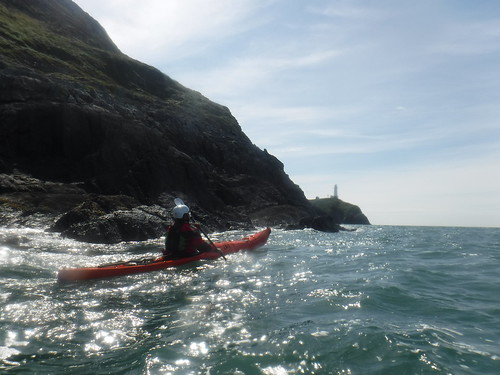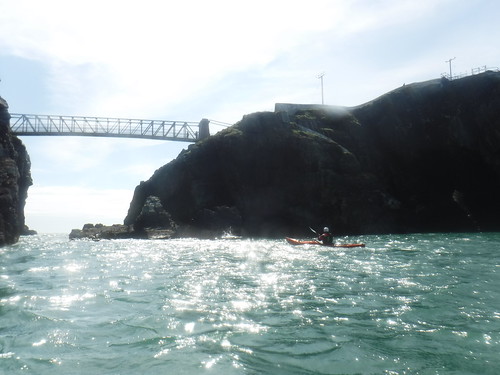Lofoten really is a sea kayakers paradise. It combines Scotland’s intricate west coast with the mountain scapes of Patagonia and the wildlife of an Attenborough episode to create a truly magical place. This summer Amy Dunis and I spent a month exploring this archipelago and have put together a destination guide to inspire and help you head out to enjoy these islands as much as we did.
Different places to paddle
Henningsvær – Is called the “Little Venice” of Lofoten. You can explore and fish around the surrounding islands, then paddle into the spectacular harbor that cuts right through the picturesque town.
Moskenesøya – Is an amazing island in the south of the Archipelago that is the definition of wilderness. Towering cliffs, soaring sea eagles, endless beaches. This is the place to go to get away from it all.
Trolltindan mountains – Towering peaks, hanging glaciers, smooth granite faces and lush green fields dotted with grass roofed huts. A circumnavigation of this area gives you a real taste for all that is good about Lofoten.
Must sees
1. Sea eagles are by far the coolest looking bird out in Norway. With a wingspan of up to 240cm they keep watch from cliffy headlands and saw overhead with such grace. On our best day we spotted 11 birds with each sighting as exciting as the last.
2. Trollfjord is the crème de la crème of fjords. 1100m peaks drop straight into the 100m wide Fjord with snow capped mountains surrounding you. Our top tip would be to get there early before all of the noisy tour ribs arrive.
3. Rulten in the Trolltindan mountain range claims the title of “Lofotens most beautiful mountain”. Paddling in crystal blue waters beneath the peak with a pristine grass roofed hut in the foreground sums up the Lofoten landscape perfectly.
4. Renei Fjord is a stunning 3 pronged fjord that cuts deep into the Moskenesøya mountains. It is the perfect place to paddle when the open seas are wild and a great place to explore if you are new to sea kayaking.
5. Moskenesøya beaches are by far the best in Lofoten. They are plentiful and their white sands stretch for miles. Camped up, with a fire roaring and the sun setting is pretty hard to beat.
When to go
The climate is similar to Scotland but on average 4°C colder so the best time to go is June to August. This also allows you to experience the amazing 24h daylight. Prepare to experience rain and wind but you will have the best chance to experience that classic Lofoten sun.
How to get there
This depends on your trip duration, budget and how many podcasts you have. We chose to drive as we wanted to take our boats, lots of food and not have to hire a car. It was a 47h drive so not for the fainthearted or those with limited time. Another option is to fly to Tromso and then transfer to Lofoten by either bus, express boat, plane or onboard the Hurtigruten (ferry). A hire car would make life a lot easier but isn’t essential.
Boat hire
Reine Adventure in the south and Lofoten Aktiv AS in the North hire boats and gear but you must have evidence of being at least BC 3*. Both companies will be able to give you some great advice on where to go with the forecasted weather.
Where to stay
Wild camping opportunities in Norway are amazing. You can camp for up to two nights anywhere on uncultivated land as long as you are over 150m from an inhabited building. This is a great way to save money and also wake up in truly amazing places. There are plenty of campsites with good facilities and hotels if you are feeling fancy.
Guidebook
Yann Engstad and Olly Saunders have produced a brilliant guide to the Lofoten islands with loads of brilliant day trips to do and a detailed explanation of the outer coast for those seeking to circumnavigate some or all of these magical islands.
Thanks to P&H for the use of the brilliant Scorpios 🙂
If you would like any more information about paddling or climbing in these magical islands please get in touch – Highland Kayak School.





























